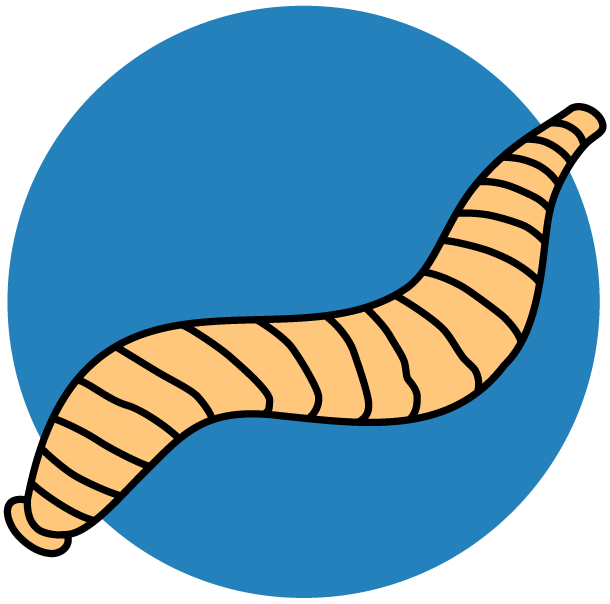Research
Current research
I am a biologist with the Soil Microbiology Team at the US Army Cold Regions Research and Engineering Laboratory. My job involves exploring the microbiome of permafrost and other cold environments. Permafrost is soil, sediment or rock that remains continuously frozen for at least two years. In many cases, it remains frozen much longer than that – hundreds or thousands of years. Even though it is frozen, permafrost is inhabited by microbes that are adapted to extreme environments. My present research seeks to understand how microbes live in extreme environments like permafrost, and how microbial communities will respond to changes like warming climate that will cause permafrost to thaw seasonally or permanently. One example of this work is a paper recently published in Environmental Research Letters, in which we examine how active layer and permafrost microbial communities change through summer and fall. Climate warming will entail a lengthening of the summer growing season, so understanding intra-annual variation in microbial communities is an important step towards understanding how climate change may affect cold regions soil ecology.
Previous research
Measuring biodiversity using blood from leeches As a postdoc at Harvard, my research involved using DNA metabarcoding of blood meals from leeches to assess biodiversity by identifying the host animals fed on by the leeches. DNA from the leeches allows animal presences to be inferred, and Bayesian occupancy modelling is used to correct for false negatives arising where animals were not fed on by leeches or where the leeches were not collected. This work, using leeches collected from the Ailao Mountains in China’s Yunnan Province, allows ranges for many species to be assessed simultaneously without the need to trap the animals themselves, and thus represents a rapid and cost effective way to assess biodiversity in an area over time. This work was conducted with Professors Naomi Pierce (Harvard University), Doug Yu (University of East Anglia and the Kunming Institute of Zoology) and Viorel Popescu (Ohio University, now at Columbia), supported by the Harvard Global Institute.
This work was published in Nature Communications.
Here is some popular press coverage of our work:
-
In Inside Science written in 2021 while our paper was still under review
Here are a couple of talks that I have done on this work recently:
-
A short 10 min outreach talk that I did in May 2020 with Skype a Scientist
-
A 12 min conference talk that I did in June 2020 at the virtual International Statistical Ecology Conference
-
A livestream Q & A session that I did in September 2020 with Skype a Scientist on the leeches project as well as some of my previous work
Spatial patterning of soil microbes by African fungus-farming termites As a postdoc in the Pringle and Tarnita labs at Princeton University, I explored how termite mounds in African savannas generate spatial patterns that propagate throughout the ecosystem. Using DNA metabarcoding methods, I showed how Odontotermes termites spatially pattern bacterial and fungal communities in the soil across the savanna. Using ddRAD and DNA barcoding methods, I also examined diversity and population structure in the Termitomyces fungal crops farmed by the termites. Both projects were conducted at the Mpala Research Centre in Kenya, in collaboration with colleagues Jessica Castillo Vardaro and Johan Pansu.
This work was published in Molecular Ecology (PDF available here).
Microbial and insect ecology of African ant-plants My PhD work in the Pierce Lab at Harvard University focused on ant-associated microbial and arthropod communities on Vachellia (Acacia) drepanolobium ant-plants. These trees, which are widespread throughout the East African tropics, host colonies of mutualistic ants in swollen-thorn domatia. In exchange for this housing, as well as extrafloral nectar, these ants protect their hosts from large mammalian herbivores. Three different species of ants live obligately in the domatia, and each ant species tends to be accompanied by a distinctive community of microbes and arthropods living alongside them in the domatia.
We have published on microbes in Proceedings B and on arthropods in Philosophical Transactions B
Previous employment and education
I worked as a microeconomist at the Reserve Bank of Australia prior to joining Harvard’s PhD program. I began in the Bank’s Payments Policy Department, where I undertook research and policy work in relation to retail payment instruments. After moving to Financial Stability Department, I conducted research on financial market indicators, composite financial stability indices and the Basel II bank regulatory capital requirements. I then returned to Payments Policy Department, where I worked on the Bank’s review of its payments system reforms.
Before working at the Reserve Bank, I completed undergraduate degrees in biology and economics at the Australian National University in Canberra, Australia. My biology degree focused mainly on genetics, evolutionary biology, ecology and statistics. My economics degree focused on microeconomics, including game theory, uncertainty and information and industrial organization.
